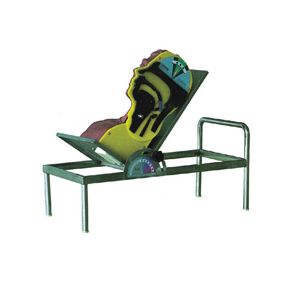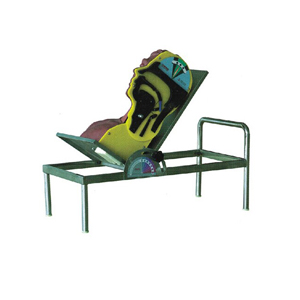ADA MED SUPPLY LIMITED
Phone:+86 19937901373
Tel:+86-0379-65160607
Email:adaanatomy@adaanatomy.com


The advanced swallowing mechanism model can indeed provide a safer rehabilitation training environment for patients with swallowing disorders, especially in the training and clinical treatment of medical students. By simulating the real swallowing process, the model provides a risk-free training platform for patients to gradually recover swallowing function, and provides precise operational guidance for medical staff.
1. Provide a realistic training environment
The advanced swallowing mechanism model can accurately reproduce the anatomical structure and physiological function during swallowing, so that patients can practice multiple times in a risk-free environment during rehabilitation training. For patients with swallowing disorders, this simulation reduces the potential risk of errors or improper practice, helping them recover more safely during treatment. The data showed that patients trained with the model recovered their swallowing ability more quickly and with a lower incidence of complications than those trained with traditional methods.

Advanced swallowing Mechanism Model
2. Strengthen clinical skills training for medical students
For medical students, the model provides a practical platform to help them gain a deeper understanding of the swallowing mechanism and related anatomy. Through the operation of the advanced swallowing mechanism model, students are able to better grasp the evaluation and treatment of swallowing disorders, reducing unnecessary patient risks during clinical practice. Studies have shown that medical students using such models can be more confident with real patients and improve treatment efficiency.
3. Development of personalized rehabilitation training program
The advanced swallowing mechanism model can help doctors more accurately assess the severity of swallowing disorders in clinical training and develop a personalized rehabilitation plan for each patient. Patients can be trained step by step through the model, thus avoiding the problem of over-training or under-training. This precise treatment method helps to improve the quality of rehabilitation and treatment effect of patients, while ensuring patient safety to the greatest extent.
4. Data support and therapeutic effect
Clinical data show that patients who use the advanced swallowing mechanism model for rehabilitation training show a clear advantage in the recovery of swallowing ability. According to the needs of different patients, the model training can simulate different swallowing disorder situations, help therapists adjust the training plan in real time, and ensure the personalized and scientific treatment. In addition, the model data helps therapists better monitor the patient's progress and adjust treatment strategies in a timely manner.
5. Promote multidisciplinary cooperation
The use of advanced swallowing mechanism model is not limited to a single discipline, but especially plays a bridge role in multi-disciplinary collaboration. Doctors, speech therapists, and dietitians can use the model together for clinical evaluation and treatment development, ensuring that patients receive comprehensive, professional help in the treatment of swallowing disorders. This collaboration improves the overall recovery of patients and ensures the safety and effectiveness of treatment.
conclusion
The advanced swallowing mechanism model provides a safe and effective rehabilitation training platform for patients with swallowing disorders, and also provides important support for the clinical skills training of medical students. By simulating the real swallowing process, the model helps patients safely recover swallowing function and improves treatment effectiveness and recovery speed through data-supported and personalized training programs. Data and clinical practice show that the use of this model significantly reduces treatment risks for patients and provides a more efficient way for medical education and multidisciplinary collaboration.